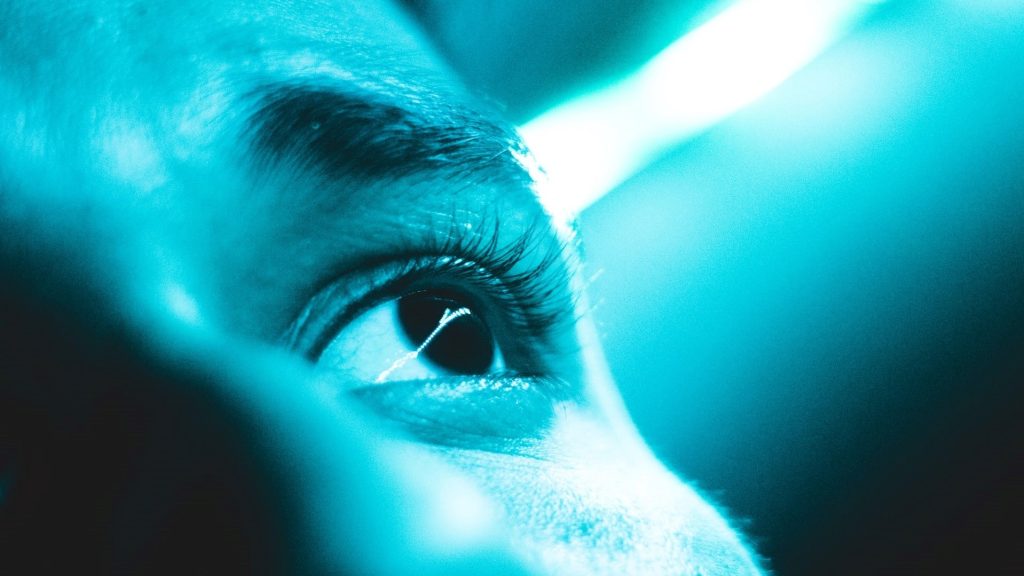Timed Therapy with Intense Light can Benefit Cardiovascular Health

Managing circadian rhythms through intense light and chronologically timed therapy can help prevent or treat a variety of circulatory system conditions including heart disease, according to a new study published in Circulation Research.
“The impact of circadian rhythms on cardiovascular function and disease development is well established,” said the study’s lead author Tobias Eckle, MD, PhD, professor of anaesthesiology at the University of Colorado School of Medicine.
“However, translational preclinical studies targeting the heart’s circadian biology are just now emerging and are leading to the development of a novel field of medicine termed circadian medicine.”
The senior author is Professor Tami A. Martino, PhD, distinguished chair in molecular and cardiovascular research at the University of Guelph in Ontario, Canada.
The study reviews current circadian medicine research, focusing on the use of intense light therapy following surgery, utilizsng light to treat cardiac injury, exploring how cardiovascular disease can differ between men and women and administering drugs at specific times of day to coincide with the body’s internal clock to speed healing.
It also urges more aggressive use of this therapy in humans, rather than relying on mostly animal models.
“There are literally millions of patients who could benefit from this,” Eckle said.
“The treatments are almost all low-risk. Some involve using light boxes and others use drugs that are already on the market.”
Circadian rhythms significantly influence how the cardiovascular system operates. Timing is everything. Blood pressure and heart rates follow distinct patterns, peaking during the day and ebbing at night. When this is disrupted, it leads to worse cardiovascular disease outcomes including myocardial infarction and heart failure. Light is critical in maintaining the proper balance and functioning of the body. Shift employees who may work night hours then day hours often have worse cardiac outcomes.
Eckle, who has studied circadian rhythm and health for years, said intense light can help heal the body after heart surgery while protecting it from injury during surgery, including reducing the chances of cardiac ischemia.
According to the researchers, when light hits the human eye it is transmitted to the suprachiasmatic nucleus, a structure in the brain’s hypothalamus that regulates most circadian rhythms in the body.
Intense light stabilizes the PER2 gene and increases levels of adenosine, which blocks electrical signals in the heart that cause irregular rhythms, making it cardiac protective.
Eckle has used light therapy with patients after surgery and seen positive results including lower levels of troponin, a key protein whose elevation can signal a heart attack or stroke.
Given the mounting evidence that intense light and timed drug treatments are effective, he said, it is time to move forward with more clinical trials.
“Circadian rhythms play a crucial role in cardiovascular health, influencing the timing of onset and severity of cardiovascular events and contributing to the healing process from disease,” Eckle said. “Studies in humans are clearly required. Regarding intense light therapy, chronotherapy and restricted feeding are low-risk strategies that should be tested sooner than later.”


